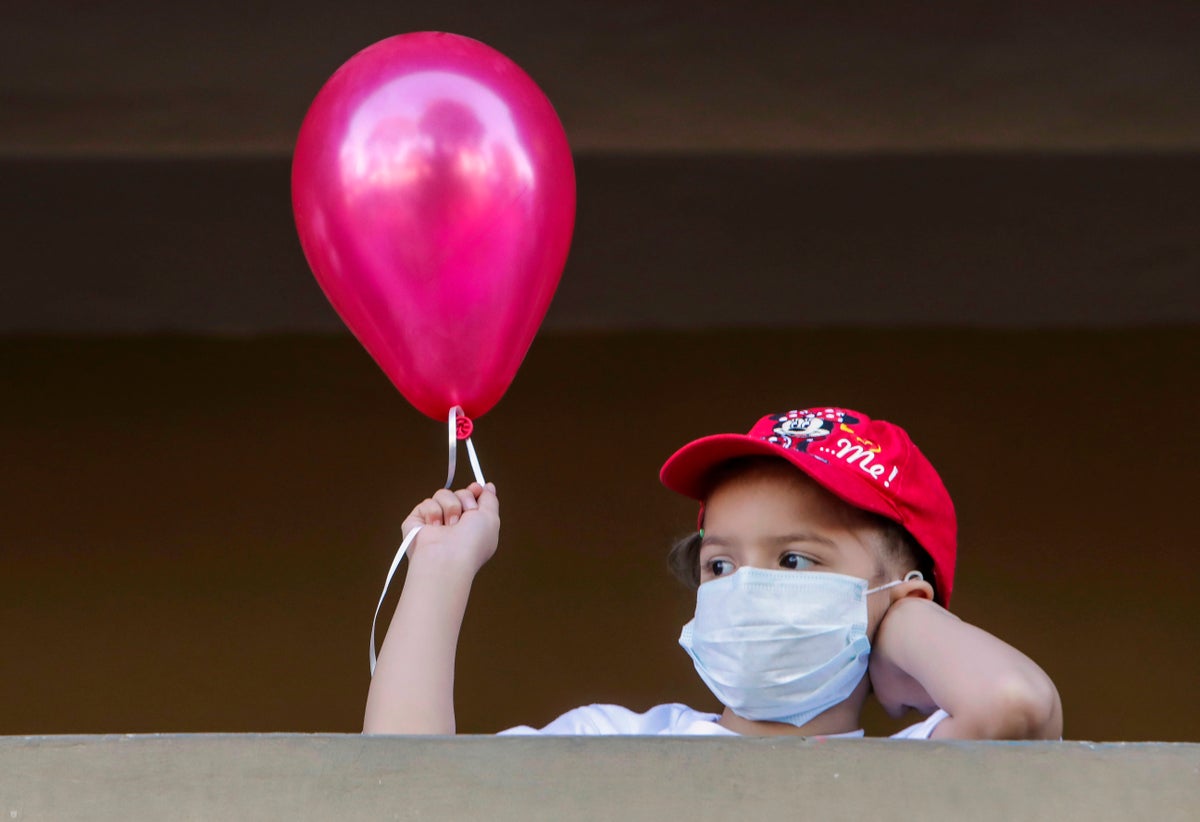
Scientists have discovered a new high-risk subtype of pediatric liver cancer with poor outcomes, an advance that may lead to specialised treatment procedures to tackle the life-threatening condition.
Until recently, all cases of liver cancers in children were classified either as the more common type Hepatocellular carcinoma (HCC) or as the rarer tumour of liver cells called hepatoblastoma (HB), say researchers from Baylor College of Medicine in the US.
They say HB and HCC outcomes and treatment options differ dramatically, with most HBs having favourable outcomes following treatment by a combination of chemotherapy and resection.
While the classification of pediatric cancer cases can improve therapy selection and treatment outcomes for patients, researchers say this can be particularly challenging for tumors showing mixed HB and HCC features.
In the new single-centre study published recently in the Journal of Hepatology, scientists used molecular analysis techniques to assess patient tumour profiles, including their genetic makeup and gene activities, and found cases that do not fall within the hepatoblastoma (HB) or hepatocellular carcinoma (HCC) classifications.
They found that these tumours have characteristics reported in both HBs and HCCs, and have now classified them as hepatoblastomas with hepatocellular carcinoma features (HBCs).
“Our single-institution study suggested that histological features seen in HBCs are associated with combined HB and HCC molecular features, that HBCs have poor outcomes irrespective of patient age, and that transplanted HBCs are more likely to have good outcomes than HBCs that are treated with chemotherapy and surgery alone,” researchers wrote in the study.
HBCs, according to researchers, tended to be more resistant to standard chemotherapy, and also have poor outcomes when not treated with more aggressive surgical approaches, including transplantation.
Scientists propose in the study a new method to stratify HBCs that may help develop specialised treatment.
“Our findings highlight the importance of molecular testing to accurately classify these tumors to optimize treatment recommendations at the time of initial diagnosis,” Dolores Lopez-Terrada, corresponding author of the paper from Baylor College of Medicine, said in a statement.
“Our analysis suggested that children with HBCs may benefit from treatment strategies that differ from the guidelines for patients with hepatoblastoma and hepatocellular carcinoma,” Dr Lopez-Terrada said.
The findings, researchers say, highlight the importance of molecular testing and early therapeutic intervention for diagnosing and treating cases of aggressive growth of abnormal tissue in children.







